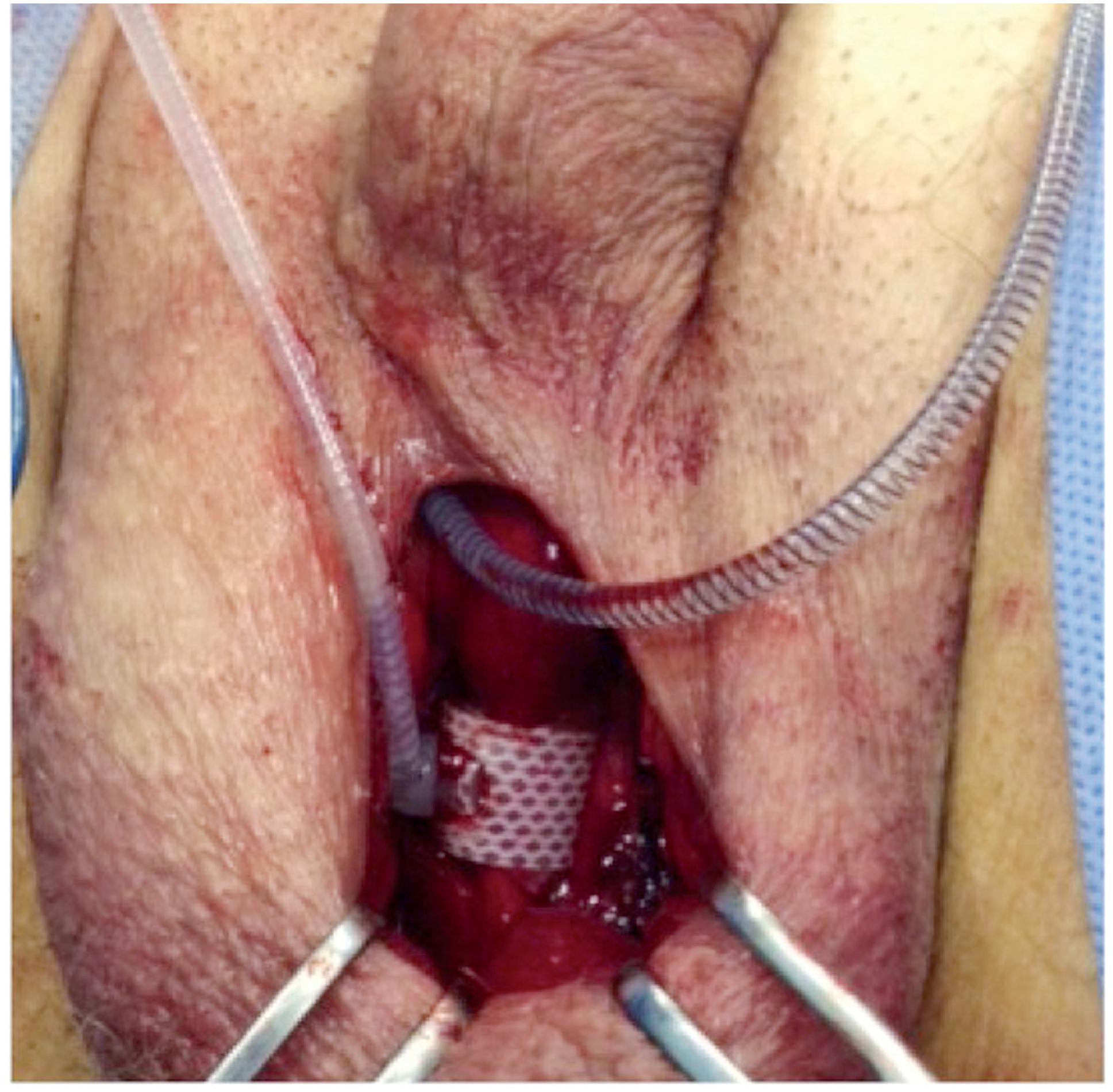ABSTRACT
Objectives
Report the long-term outcomes of the AMS 800 artificial sphincer (AS) for the treatment post-prostatectomy incontinence (PPI) in a single center in Brazil.
Materials and Methods
Clinical data from patients who underwent the procedure were retrieved from the medical records of individuals with more than 1 year of follow-up from May 2001 to January 2016. Continence status (number of pads that was used), complications (erosion or extrusion, urethral atrophy, and infection), malfunctions, and need for secondary implantation were evaluated. The relationship between complications and prior or subsequent radiation therapy (RT) was also examined.
Results
From May 2001 to January 2016, 121 consecutive patients underwent AS implantation for PPI at an oncological referral center in Brazil. At the last visit, the AS remained implanted in 106 patients (87.6%), who reported adequate continence status (maximum of 1 pad/day). Eight-two subjects (67.8%) claimed not to be using pads on a regular basis at the final visit (completely dry). Revision occurred in 24 patients (19.8%). Radiation therapy (RT) for prostate cancer following radical prostatectomy was used in 47 patients before or after AS placement. Twelve patients with a history of RT had urethral erosion compared with 3 men without RT (p=0.004).
Conclusion
Considering our outcomes, we conclude that AS implantation yields satisfactory results for the treatment of PPI and should remain the standard procedure for these patients. Radiation therapy is a risk factor for complication.
Keywords
Urinary Incontinence; Urinary Sphincter; Artificial; Therapeutics





